

What is Solar Power?
Energy created by the heat and light of the sun is called solar energy. Solar power is produced when energy from the sun is converted into electricity or used to heat air, water or other substances. Solar energy can be used to create solar fuels such as hydrogen.
At the end of 2020, there was more than 700 GW of solar installed around the world, meeting around 3 percent of global electricity demand.
More solar PV energy is added each year than any other type of energy generation, thanks largely to the rapid cost reductions that have been achieved in recent years. Between 2010 and 2019, the global levelised cost of electricity (LCOE) for large scale solar dropped by 85%.
How does solar power work?
There are two main types of solar power technology, solar photovoltaic and solar thermal.
1. Solar photovoltaic
Solar photovoltaic (also known as solar PV) converts sunlight directly into electricity using a technology known as a semiconductor cell or solar PV cell.
The most common form of solar PV cell is typically encased in glass and an aluminium frame to form a solar panel. One or more panels can be installed to power a single light, cover the roof of a house for residential use, or be assembled into a large-scale solar farm generating hundreds of megawatts of electricity.
Solar PV panels are currently the most widespread type of solar PV technology, however other types of solar PV are being developed for targeted applications including PV that can be integrated into buildings, flexible PV and even PV paint.
2. Solar thermal
Solar thermal converts sunlight into heat (also known as thermal energy), which can be used for a variety of purposes including creating steam to drive an electricity generator. This energy can be used to drive a refrigeration cycle to provide solar-based cooling.
There are two main types of solar thermal technologies.
- Small scale thermal technology is used to heat space or water (such as in a solar hot water system).
- Concentrated solar thermal harvests the sun’s heat to produce large-scale power generation. It uses a field of mirrors to reflect sunlight onto a device called a receiver, which transfers the heat to a thermal energy storage system. Energy can then be released from storage as required.
New Solar Panel installs start from £12,000+ with replacement inverters starting from £1000+.
For more information, please click the button below.
Solar Panel Export Guarantee
Following the closure of the Feed-in Tariff scheme to new applicants in March 2019, the government recognised the need to pay small-scale renewable energy generators for the electricity they export to the grid. So the Department for Business, Energy and Industrial Strategy (BEIS) introduced the Smart Export Guarantee (SEG).
The SEG is the new support mechanism designed to ensure small-scale generators are paid for the renewable electricity they export to the National Grid. It has been in place since 1 January 2020 and will pay for the solar energy you feed back in the grid.


Why choose Solar Panels?
Save Money On Your Electricity Bills
Future Proof Against Future Price Rises
Join Over A Million Other Home Owners
Enjoy Years Of Trouble Free Service
Earn Money Storing & Trading Your Surplus Energy
Cut Your Carbon Footprint & Help Save the Planet
Store Your Own Energy, Eliminating Power Cuts
Charge Your Batteries in the Evening Using Low Cost Economy 7
Create Electricity No Matter The Weather
Add Value to Your Home
We need your consent to load the translations
We use a third-party service to translate the website content that may collect data about your activity. Please review the details and accept the service to view the translations.

